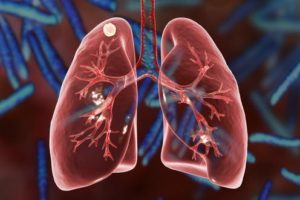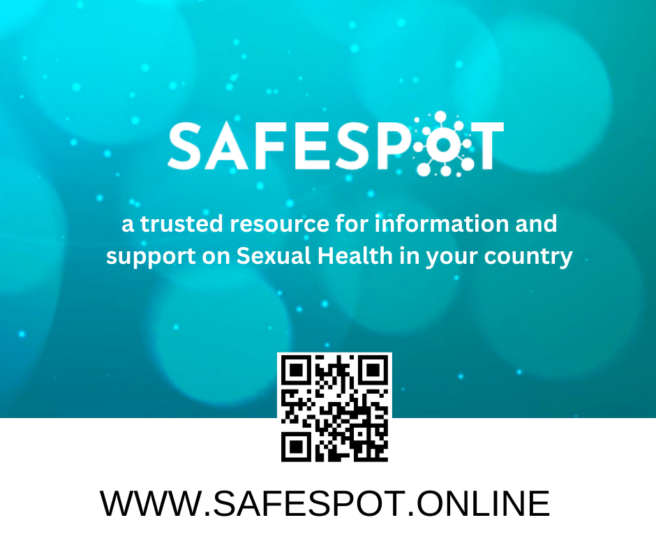 Despite the notable progress achieved in the fight against Tuberculosis (TB), it still poses a public health threat in the WHO European Region. According to the latest estimates, in 2018 about 259 000 people became ill with TB (Fig. 1) and about 23 000 people lost their lives due to TB in the Region, mostly in eastern European and central Asia countries.
Despite the notable progress achieved in the fight against Tuberculosis (TB), it still poses a public health threat in the WHO European Region. According to the latest estimates, in 2018 about 259 000 people became ill with TB (Fig. 1) and about 23 000 people lost their lives due to TB in the Region, mostly in eastern European and central Asia countries.
In the past 10 years, the number of new TB patients has been falling at an average rate of 5% per year, which is the fastest decline among all WHO regions. However, the treatment success rate among newly diagnosed and relapsed patients was 77%, which remains one of the lowest among WHO regions.
One in five new TB patients is affected by MDR-TB
Countries in the European Region have the highest rates of multidrug-resistant TB (MDR-TB) globally. Nine European Region countries face a particularly high burden of MDR-TB. In 2018, of estimated 49 000 rifampicin resistant (RR) tuberculosis cases among notified pulmonary tuberculosis patients, 45 400 (93%) were diagnosed. The increase in detection is mainly due to improved access to rapid and quality assured diagnosis. The treatment success rate for TB and MDRTB in the Region remains below the 85% and 75% regional targets respectively (Fig. 2) although data show a slow improvement.
Around 95% of all reported MDR-TB patients were tested for resistance to second-line TB drugs in 2018, which is an increase compared to the previous year. The testing led to the detection of about 6 800 patients with extensively drug-resistant TB (XDR-TB), which accounts for about 19% of patients with MDR-TB.
The Tuberculosis Action Plan for the WHO European Region 2016-2020 (European TB Action Plan) was endorsed by the 65th WHO Regional Committee for Europe in 2015. This strategic document sets the regional goal of ending the spread of TB and MDR-TB by achieving universal access to prevention, diagnosis and treatment. Following up on the Regional Committee resolution, the final report of implementation of the European TB Action Plan will be submitted to the 70th Regional Committee in September 2020. The finalized report will be reviewed by all Member States before endorsement along with a suggestion to extend the validity of the European TB Action Plan. This vision aimed to end the TB epidemic and ensure that by 2030, no family faces catastrophic financial costs due to TB. To monitor progress and ensure that commitments articulated in the UN High Level Political Declaration are met, a Monitoring and Evaluation Framework 2021-2030 with new indicators and targets has been prepared and submitted to all Member States for public consultation. These indicators, while regional in scope, are designed to serve as a guide to the development or adjustment of comprehensive monitoring plans at the country level.
WHO European Region comprehensive technical assistance to Member States includes supporting the development and introduction of innovations and tools, such as digital technologies, rapid molecular diagnosis of TB, new drugs and regimens for DR-TB. The WHO Regional Office for Europe seeks to ensure that all people affected by TB have equal access to the benefits of latest development, including vulnerable populations, such as prisoners, migrants, socially marginalized, children and people living with HIV.
In 2018, WHO’s Regional Office for Europe, collaborating with partners on the issue-based Coalition on Health and wellbeing, launched the United Nations Common Position Paper on Intersectoral Collaboration To End TB, HIV and Viral Hepatitis and is working with civil society, national and international partners to implement it. http://www.euro.who.int/en/publications/abstracts/unitednations-common-position-on-ending-hiv,-tb-and-viral-hepatitis-through-intersectoral-collaboration2018. Country-level assistance is vital to this process. National processes to strengthen the dialogue and action around these topics are ongoing in Portugal, Tajikistan, Georgia and Belarus. This collaboration and dialogue contributes to developing the first edition of an Operational Framework; guiding concrete action to end HIV, TB and viral hepatitis beyond the healthcare sector. These best practices are being collected at the regional level.
About TB
The symptoms depend on the organ of the body which is infected. Usually, TB affects the lungs. In this case, the major symptoms are cough with productive sputum (sometimes with blood), shortness of breath and chest pain. There are also general symptoms such as fever, night sweats, loss of weight and appetite, fatigue and general weakness. People living with HIV or other conditions that weaken their immune system (such as diabetes), people on immunosuppressant therapy, and people who use tobacco or use alcohol harmfully are at much higher risk of developing the disease.
MDR-TB is resistant to two of the most potent anti-TB drugs. This is a result of inadequate treatment of TB and/or poor airborne infection control in health care facilities and congregate settings. XDR-TB is resistant to the most important first- and second-line drugs and there are currently very limited chances of people with XDR-TB being cured. TB can affect everyone but is particularly linked to social determinants of health such as migration, imprisonment and social marginalization.




